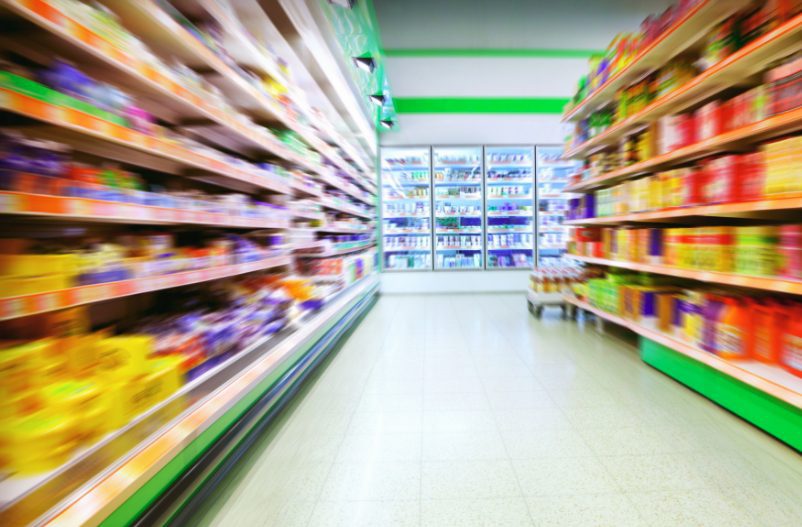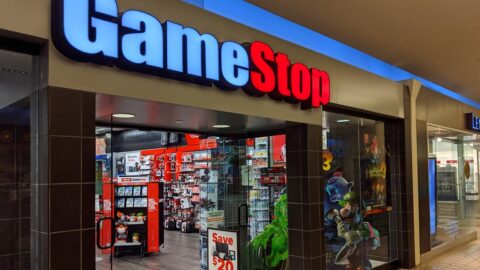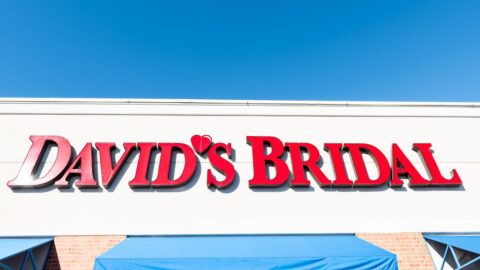As e-Commerce shopping increases every year, all omnichannel retailers must assess the role of the store in their future strategies. But not every segment feels equal confidence in their stores going forward: only 13% of retailers that primarily sell consumer packaged goods believe that stores are more important to their future strategy than digital, according to the 2017 Digital Selling Report from Retail Systems Research (RSR).
However, three times as many (39%) hard goods retailers — companies that sell merchandise such as electronics, furniture, home improvement products, appliances and sporting goods — still believe that stores are more important to the company’s future.
Even though the hard goods retailers have had to compete against Amazon and other e-Commerce players for more than a decade as online shopping boomed, only 11% believe digital is the most important factor determining future success. One reason may be that unlike the struggling department store sector, many hard goods players already have reinvented their stores by integrating online and digital elements into the experience.
Retailers seeking to succeed like Best Buy or Ace Hardware and avoid failing like JCPenney must heed three lessons:
-
In-store and online content is still an underutilized asset;
-
Online shopping data must drive store planning and shelf optimization; and
-
Effective product categorization can prevent customer friction.
Content Remains An Untapped Opportunity, Both Online And In-Store
Content presents a significant opportunity for retailers, but it still isn’t being addressed effectively, particularly in the grocery vertical, noted Nikki Baird, Managing Partner at RSR. Content marketing assets such as how-to guides, blogs, videos and motion graphics have been a major part of omnichannel offerings for most retailers with successful online presences, but many retailers still skimp in this area. For example, many grocers don’t provide content offerings beyond basic product information listed online.
“There’s already a robust amount of content around recipes and general nutrition,” said Baird in an interview with Retail TouchPoints. “But when you look at [grocers’] e-Commerce efforts, they’re just taking the standard feed from the manufacturer and putting that information on the web site. That’s a mistake. Consumers have been trained to expect far more rich experiences and content in the online space than they get in the store, and that’s part of the frustration of the store experience to begin with.”
Richer content can be delivered inside the store in a variety of ways. Safeway, for example, offers “Simple Nutrition” shelf tags designed to identify upfront whether a product is gluten-free, high-fiber or organic. But grocers could also add nutrition data and reviews in a spot on the shelf next to products, similar to the way they appear online. Retailers can push this product information to shopper mobile device via in-store WiFi, IoT devices or a scannable QR code.
Online Shopping Data Optimizes Shelf And Store Planning
Retailers also need to make more extensive use of data from digital touch points as they rethink their stores and the overall shopping experience. Kroger, the largest grocery-only retailer in the U.S., is moving aggressively in this direction. The company unveiled the “Restock Kroger” initiative at its Investment Conference on Oct. 11 as a means to re-pivot its brand in 2018 and beyond. The program is designed to help Kroger invest in technologies to improve the company’s store offerings, personalize communications with customers, revamp product assortment, and leverage data-driven shelf optimization.
While Kroger had started overhauling the category assortment in 6% of stores using new data-driven mechanisms as early as 2016, the supermarket chain is beefing up efforts moving forward. Beginning in 2018, Kroger plans to optimize category assortment in 20% to 30% of its stores per year.
Shelf optimization always has been a priority for retailers seeking to maximize product sales, but today’s merchants now have to prepare shelves and aisles based on factors beyond typical market research because online shopping habits offer increasingly significant data points.
“If you have your product catalog online and you can see how consumers are browsing, what are the search terms that they’re using to find the products that they’re looking for?” Baird asked. “How are they using filters to get down to that unique set of products that they’re actually going to evaluate? That information can be hugely valuable in the store in terms of how you present products to customers at the shelf.”
Don’t Make Consumers Hunt For What They Want
Data-driven shelf optimization can prevent retailers from experiencing the same merchandising and store design challenges that department stores have struggled with. Traditionally, department stores have arranged their merchandise by brand (as opposed to by product), extending the shoppers’ time in the store and creating frustration. Baird noted that retailers will have to be more mindful of how they categorize products going forward so that consumers don’t experience similar frustration.
“You have to shop the way that the department store wants you to shop,” said Baird. “If I shop online, and I’m looking for a black party dress, that’s how I filter and cut brand out of the picture altogether, and just see all of the black dresses the retailer has to offer. If I wanted to get that experience in the store, I’d have to go to four or five different departments within that store. It’s a frustrating experience. That’s exactly the kind of consumer friction that retailers need to be really careful about, because they’re going to encounter that as more consumers realize how they can personalize online. The in-store experience is going to suffer by comparison.”
Despite the significant pressures retailers feel as they integrate more online experiences with the store, Baird advised that retailers should not to get too far ahead of their growing capabilities.
“They have to be really careful about the promises they make,” Baird said. “Only make promises to consumers that you can actually keep. Even though you may be feeling pressured by Prime Now to deliver in less than two hours, don’t do that if you can’t actually deliver. Give yourself some time to get on the learning curve. I know there’s a race to be as competitive as Amazon, but they didn’t get there overnight. You’re not going to learn their lesson that quickly that you can make it up in less than a year.”













